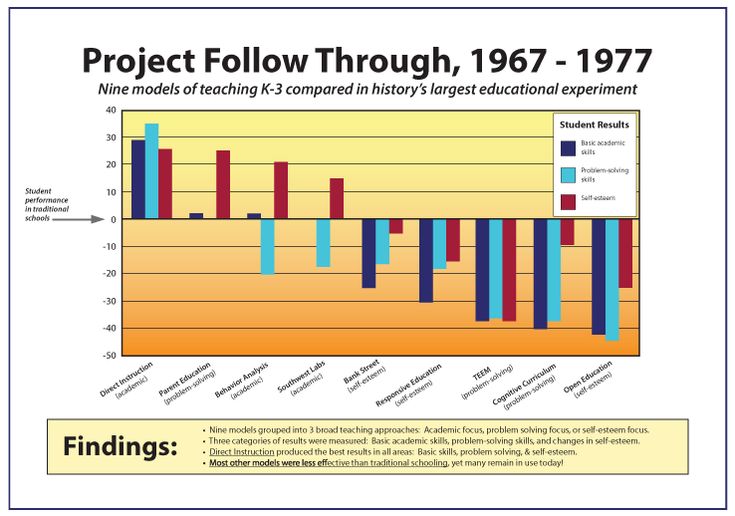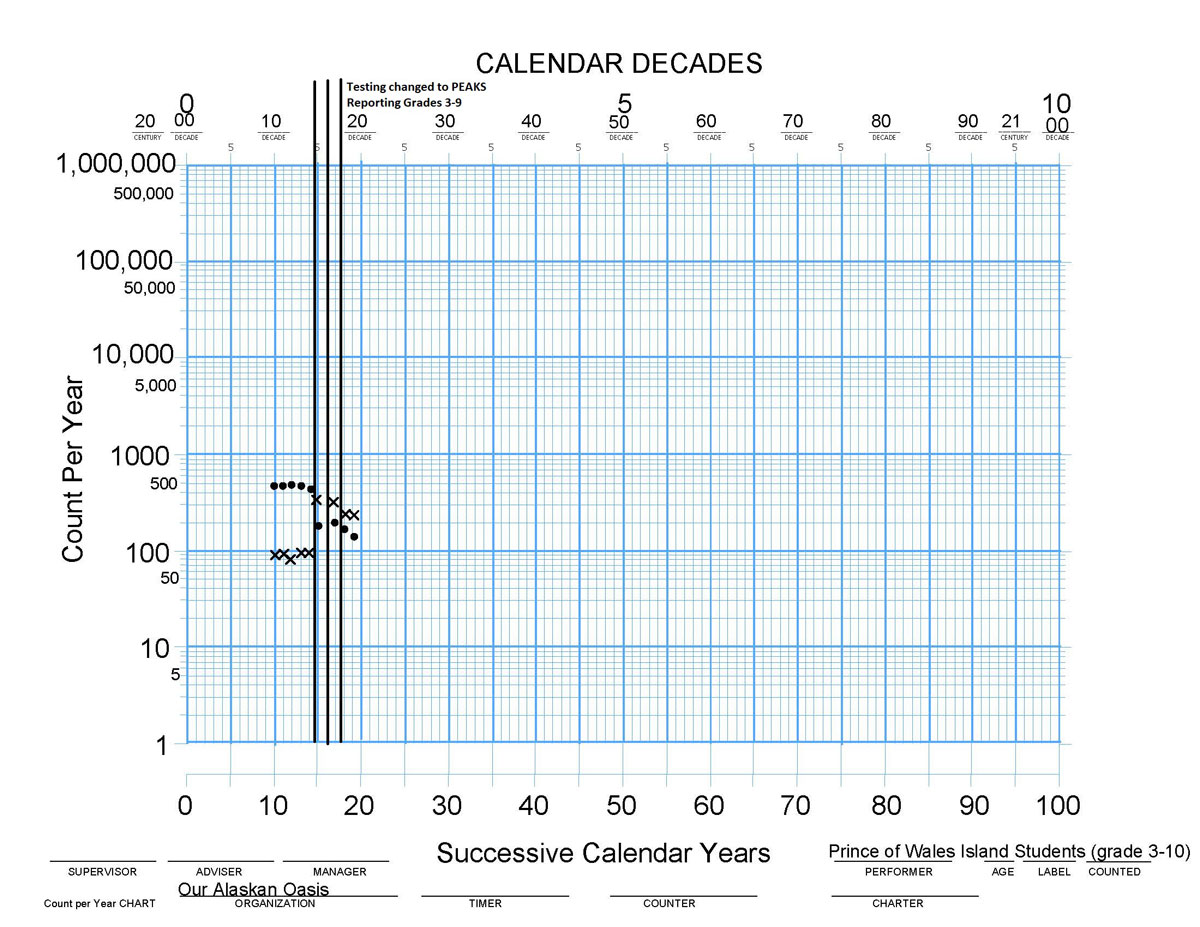
READING PROFICIENCY | SISD | Hydaburg | Klawock | Craig | All POW |
|---|---|---|---|---|---|
# of Students Tested 2018/19 | 108 | 43 | 56 | 198 | 405 |
# of Native Alaskan Students Tested | 7 | 31 | 36 | 31 | 105 |
# of Economically Disadvantaged Students Tested | 74 | 29 | 48 | 88 | 239 |
% of Students Tested Below Proficient | 48% (52 kids) | 81% (35 kids) | 76% (43 kids) | 59% (117 kids) | 61% (246 kids) |
% of Alaska Native Students Below Proficient | 86% (6 kids) | 87% (27 kids) | 86% (31 kids) | 71% (22 kids) | 82% (86 kids) |
% of Economically Disadvantaged Students Below Proficient | 53% (39 kids) | 93% (27 kids) | 81% (39 kids) | 68% (60 kids) | 69% (165 kids) |
Total Enrollment in 2019/20 | 176 | 112 | 131 | 567 | 986 |
# of All Students Below (estimated) | 85 | 91 | 100 | 335 | 611 |
# of All Native Alaskan Students Below (estimated) | 10 | 70 | 72 | 63 | 215 |
% of Economically Disadvantaged Students Below Proficient | 64 | 70 | 91 | 171 | 396 |
